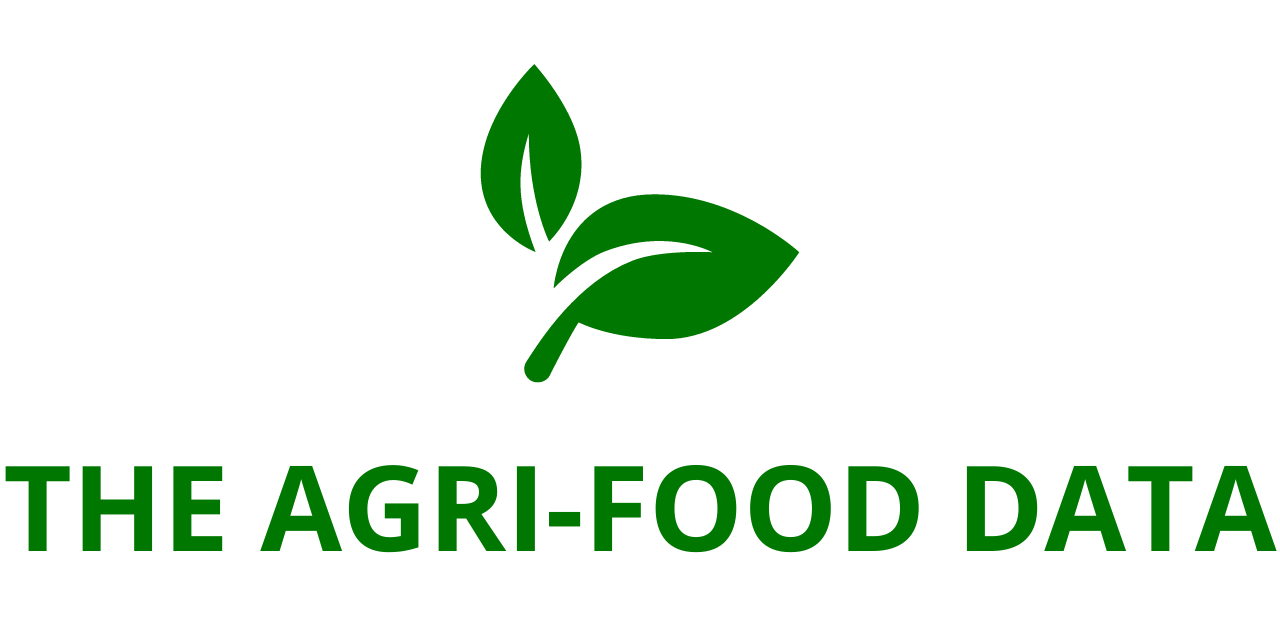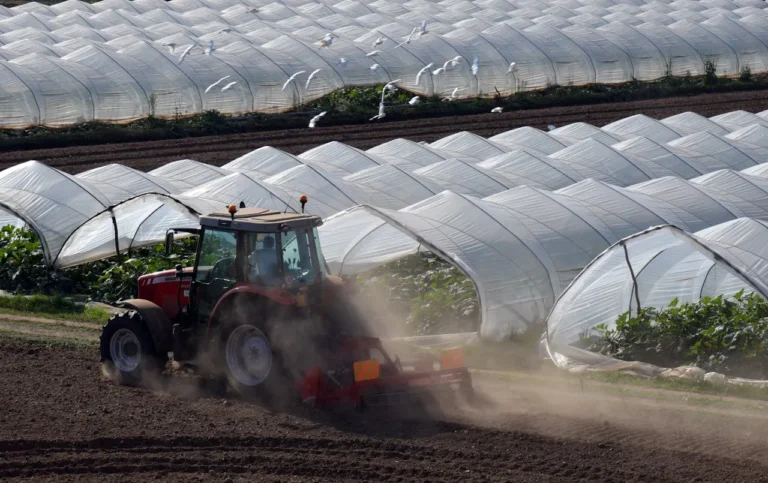
Global Organic Baby Food Market to Exceed US$ 13 Billion by 2033
The Organic Baby Food Market is witnessing impressive growth, with projections indicating an increase from US$ 5.67 billion in 2024 to US$ 13.86 billion by 2033. This represents a compound annual growth rate (CAGR) of 10.45% from 2025 to 2033, signifying a remarkable expansion in the sector. This growth is driven by a variety of factors, including rising health awareness among parents, a rise in the prevalence of various health concerns, and the growing consumer preference for premium organic food products.
Key Drivers of Market Growth
One of the central forces behind this substantial market growth is an increasing awareness among parents about the importance of healthy and nutritious food for their children. As parents become more informed about the risks associated with conventional baby food, such as harmful artificial additives and preservatives, there has been a noticeable shift toward organic alternatives. Additionally, many parents are becoming more conscious of the long-term health benefits of feeding their children food that is free from chemicals and artificial ingredients.
This shift is further bolstered by a rise in various health issues in infants, such as allergies, digestive problems, and developmental disorders. baby food, which is perceived as a safer and healthier alternative, is rapidly gaining traction as a result. The growing number of health-conscious parents and the rising demand for safe and nutritious food options are expected to continue to fuel the expansion of the organic baby food sector.
Moreover, premium organic food products have seen a rise in sales across the globe. These products are marketed as being made with natural ingredients, free from synthetic additives, and prepared without harmful processing techniques, offering a higher nutritional profile. As consumers become more discerning about the quality of food they purchase, the demand for organic baby food products has increased. This growing preference for premium, organic offerings is a key factor that is expected to keep driving the market forward.

Another important contributor to the expansion of the market is the comprehensive marketing and distribution strategies employed by companies. Companies operating in the baby food sector are investing in diverse and targeted marketing campaigns across both traditional and digital channels, aiming to raise awareness and educate parents about the benefits of organic food for infants. These marketing efforts, alongside the increasing concern for children’s health, have significantly spurred the demand for organic baby food products worldwide.
Market Landscape and Key Segments
Within the organic baby food sector, prepared baby food holds the largest market share. This is due to a noticeable shift among parents toward safer, more nutrient-dense food options for their infants. Prepared organic baby food is seen as a convenient, healthy choice for busy parents who want to provide nutritious meals for their children without compromising on quality.
Supermarkets and hypermarkets remain the primary distribution channels for organic baby food, accounting for a large portion of the sales. These retail outlets offer a wide variety of baby food products, allowing consumers to easily access and purchase them. The presence of numerous well-established retail chains, both physical and online, has further fueled the market’s growth by providing greater access to organic baby food options.
As the industry continues to grow, several companies are making strategic investments in organic food production to meet the increasing demand for high-quality, infant nutrition. Many companies are focusing on sustainability, emphasizing the natural sourcing of ingredients and the ethical production of organic food. The global trend toward sustainability, especially in the food sector, is influencing companies to adopt eco-friendly practices, which is driving further innovation in the organic baby food market.
Regional Market Insights
The United States has become one of the largest markets for organic baby food. One of the primary reasons for this is the growing education of consumers regarding the dangers of artificial additives commonly found in conventional baby food products. U.S. consumers are increasingly seeking out organic alternatives, driven by concerns over their children’s health and well-being. Additionally, there is a greater emphasis on transparency in food labeling, which is enabling parents to make more informed purchasing decisions.
The United Kingdom has also experienced significant growth in its organic baby food sector. As consumer awareness about the health benefits of organic products continues to rise, the market for organic baby food in the UK has flourished. Major retailers and distribution chains in the country are playing an instrumental role in facilitating access to baby food products, further contributing to the market’s success.
In China, the organic baby food market has gained momentum due to increasing health consciousness among parents. There is a growing demand for higher-quality, chemical-free food options as parents in China become more aware of the potential risks posed by conventional food products. This shift is leading to a rise in demand for baby food, with a particular focus on products that are free from harmful chemicals and additives.
The United Arab Emirates (UAE) is another market where organic baby food is gaining popularity. The market progression in the UAE reflects a global trend of health-conscious parenting, particularly within affluent demographics. With rising disposable incomes and an increasing focus on health and wellness, parents in the UAE are more willing to invest in high-quality organic baby food products for their children.
Market Challenges
Despite the robust growth of the organic baby food market, several challenges persist that could hinder further expansion. One of the key obstacles is the high cost of baby food products when compared to conventional alternatives. Organic products typically come with a premium price tag due to the higher costs associated with their production, sourcing, and certification. This can be a significant barrier in developing markets, where consumers are more price-sensitive and may opt for conventional baby food products due to their affordability.
Additionally, the market is highly competitive, with numerous players vying for consumer attention. While the baby food sector is expanding, the challenge of differentiating products and maintaining consumer loyalty remains for many companies. Pricing pressures, economic disparities, and the rising costs of organic ingredients could further intensify competition within the sector.
One of the most effective ways to overcome these challenges is through consumer education. Educating parents about the long-term health benefits of organic food, the potential risks of conventional baby food, and the importance of sustainable and ethical sourcing could help shift consumer preferences toward options. Increased awareness can drive demand for baby food products, even in price-sensitive markets.
Leading Market Players
Several key companies are playing a crucial role in shaping the dynamics of the organic baby food market. Notable players in the industry include Abbott Laboratories, Kraft Heinz, Nestlé S.A., Danone SA, Kewpie Corporation, Hero Group, Arla Foods amba, and AAK AB. These companies are leveraging their expertise in food production, innovation, and strategic investments to maintain a competitive edge in the market.
Through product innovation, such as the introduction of new baby food varieties, and strategic partnerships with distributors, these companies are positioning themselves to capitalize on the growing demand for organic options. Additionally, they are focusing on educating consumers, expanding their product lines, and committing to sustainable practices that appeal to health-conscious parents.
The organic baby food market is set to experience significant transformation over the next decade. With growing awareness of the importance of infant nutrition, a rise in health-conscious parenting, and a preference for premium, options, the market is poised for continued growth. Companies that focus on innovation, sustainable practices, and consumer education are likely to emerge as leaders in this rapidly expanding industry. As the demand for healthier and safer infant nutrition continues to rise, the baby food sector is expected to thrive, offering new opportunities for companies and creating lasting impacts on the global food industry.
The transformation of the market reflects a broader global movement toward healthier, more sustainable food choices, with organic baby food standing at the forefront of this shift.





